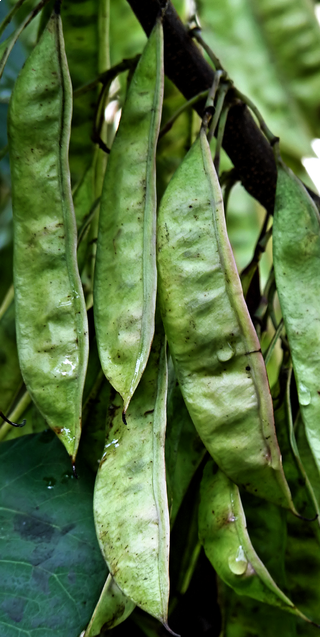Cercis
Scarlet belongs to the Scarlet family, while all seven representatives of the genus Cercis belong to the legume. They can easily be distinguished by leaf location - the leaves are alternate for cercis, and opposite for scarlet.
Scarlet belongs to the Scarlet family, while all seven representatives of the genus Cercis belong to the legume. They can easily be distinguished by leaf location - the leaves are alternate for cercis, and opposite for scarlet.
They grow in mixed and deciduous forests of Japan and China. Deciduous trees, often bushy with opposite, round-ovate leaves, with small flowers without perianth, bunched and blooming before the leaves unfold. Fruits are prefabricated leaflets. Photophilous, demanding on soil and moisture, winter-hardy.
The relic genus crimson was once widespread in the northern temperate zone of Eurasia and North America. The fossilized plant remains found in Siberia in sedimentary rock layers are about 85 million years old and belong to the Late Cretaceous and Pliocene. Then the subtropical forests covered most of Eurasia. After powerful Quaternary glaciation, the genus survived only in East Asia - in Japan, which became a refuge for the ancient heat-loving flora. The genus has only 2 species, of which 1 is used in landscaping.


